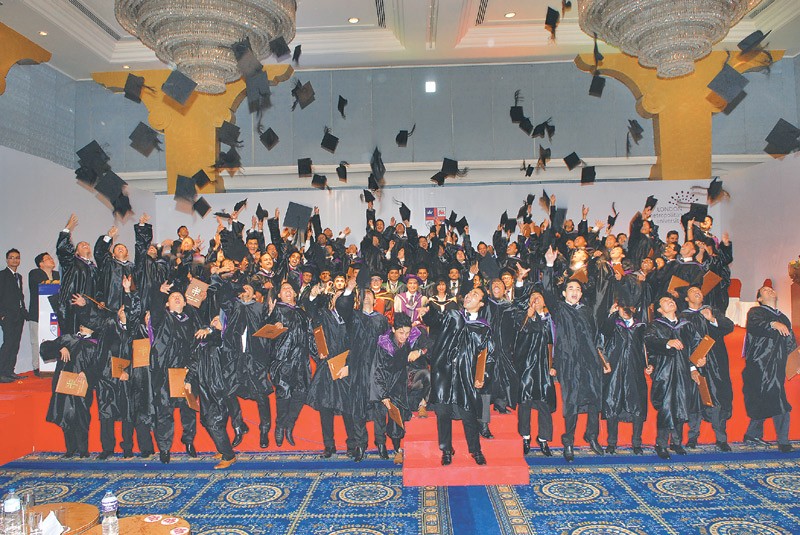Kathmandu, September 22, 2016: Upgrading to bachelors level from Plus Two is not just a promotion of grades but a shift from school education to university education. If rote learning and textbook-based education still remains a norm in schools, there has been a welcome paradigm shift in university level education in the country that now has prioritised a research-based education that values critical and analytical skills. As many as 114,545 students, who recently graduated high secondary schooling and have qualified for bachelor’s study, are now in the process of preparing themselves for the transition they will face after the enrolment into a college.
Entering into university education also marks the departure from the general form of education to a more specialised one. Students, therefore, should also exercise due care while choosing courses and make sure it aligns with their career objectives. The right choice of courses, in the right colleges, will help determine what path their careers take and will save them from the pains of having to switch an area of study later.
Though history of university education in Nepal is short, even going by South Asian standard, there has significant progress in the recent past. Currently around 1,500 constituent and affiliated colleges under nine different universities provide university-level education ranging from traditional education and arts courses to latest ones in the IT and the engineering sector.
Similarly, over 50 colleges are under operation with the direct affiliation and supervision of various universities across the world.
The choices of the courses now available to students in the country have also increased exponentially given the increment in the numbers of academic institutions. Today, any kind of courses the students want to pursue are available within the country and the options have further widened with the introduction of the colleges running under foreign universities. Such colleges are providing exposure to international curricula which makes students more competent and qualifies them for job options globally.
It is also easier for graduates from such colleges to transfer their credits when they move to colleges abroad. Moreover, some of these colleges have arrangements under which half of the course is taught in Nepal and the remaining portion at the foreign universities with which they are affiliated with.
“There has been remarkable progress in the education sector, however, a lot needs to be done to competitively excel in the modern world,†said Basu Dev Kafle, an education expert. A majority of the academic institutions are still lagging behind in terms of introducing modern ways of teaching and learning processes. As a result, university graduates, who lack thorough research-based study and critical analysis, struggle to compete with graduates from other parts of the world. Kafle, however, asserts that there are colleges which are excelling in providing quality modern education in the country. He suggests that students to be careful in identifying these colleges as they explore their options in Nepal.
Experts believe that in addition to lagging behind in adopting modern ways of teaching, the failure of universities in screening the students and the lack of classroom quotas are other reasons behind the poor performance among students. For an instance, there is no screening process of the students applying to a majority of faculties in Tribhuvan University, which enrols around 90 percent of total university students in the country. Enrolment without proper screening means there is no quality check of the students being inducted, while the lack of quota means the teachers cannot provide due attention to the performance of individual students.
Faculties that screen incoming students and fix quotas on the class size have seen great progress in the recent past. Medical education at the Institute of Medicine, engineering at the Institute of Engineering and agriculture and forestry education under the Institute of Agriculture and Forestry under the TU are excellent examples of how programs can excel when a fixed number of students are admitted on a merit basis. These faculties not just attract students from within the country, but students from various other countries are keen on joining their courses as well. Similarly, the colleges running under foreign affiliations too are attracting foreign students.
Expert believe that with these silver linings, university-level education in Nepal can progress leaps and bounds in the future. With good management and foresight at the policy level, recent successes of the IoM and IoE and others, in providing quality education here in Nepal, will prove to be markers as the country’s education sector barrels into the new century.
By Binod Ghimire







